What is positive parenting?
As parents, we often feel that we are against our child. To repress him, to add prohibitions and limits. To have a lot of rules and, in the end, we find that he doesn't do enough. What if we looked through the other side of the mirror?

Chapter 7
What is positive parenting?
As parents, we often have the impression of being against our child. To repress it, to add prohibitions and limits to it. To have a lot of rules and, in the end, we find that it does not do enough. What if we looked on the other side of the mirror?
What if your child did great deeds too? If he had permissions and rights? If the rules, in the end, were not so many and we gave him more freedom? Are you tempted? This is the very principle of positive parenting. This approach, also called the benevolent approach, aims to reinforce positive behaviors in the child.
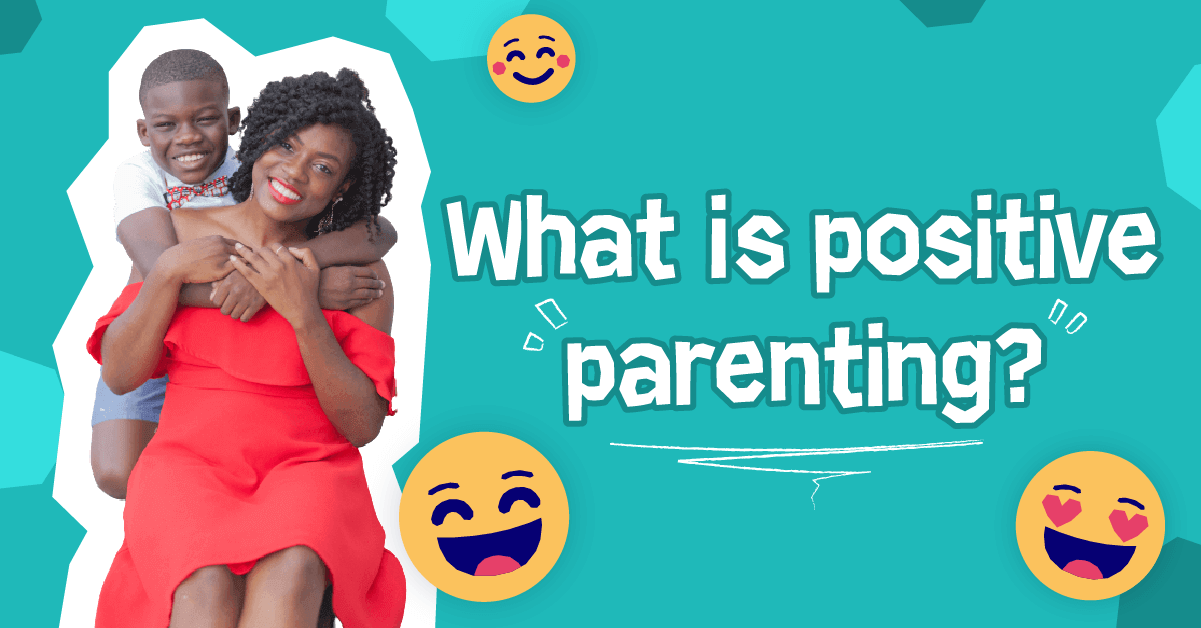
As parents, we often have the impression of being against our child. To repress it, to add prohibitions and limits to it. To have a lot of rules and, in the end, we find that it does not do enough. What if we looked on the other side of the mirror?
Rather than blaming children for their bad behavior, we encourage them in their progress and push them to improve on a daily basis.
We leave room for the child to think, question himself, position himself and evolve. It tells you to try this with your children. It's probably a lot simpler than you think. I suggest that we break it all down together:
Use positive reinforcement
Humans tend to see the negative more easily than the positive. And then, we intervene on the behavior to stop and it is an infinite vicious circle. Your child wants your attention. You intervene when he disobeys. So he disobeys to get your attention and it upsets you.
The concept of positive reinforcement reinforces the scenario. Rather than naming behaviors you shouldn't, name behaviors that are okay and how it makes you feel. For example, saying, "I'm proud of you because you tidied up your room this morning. rather than “You vacuumed at 8:00 a.m., you woke everyone up.”
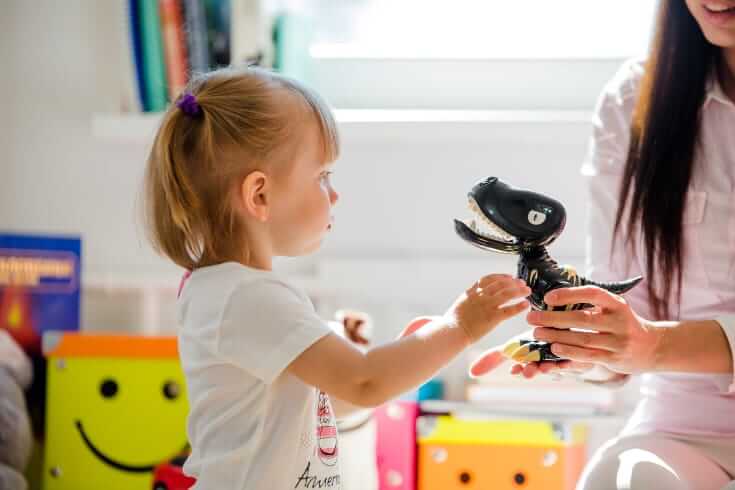
In the same vein, deliberately ignore the prohibited behaviors. (Unless there is imminent danger, of course!!) You will see, quickly your child will seek to gain your attention in a positive way and the behaviors he would otherwise have to obtain your attention will suddenly become rarer.
Name the child's emotions
It is very relevant to make a reflection of the emotion of the child. To say, for example, “Timothé, I see that you are sad. to name the reason “because you broke your favorite toy” and to accept that he has this emotion “It’s annoying, I too would be in pain, you have the right to cry”.
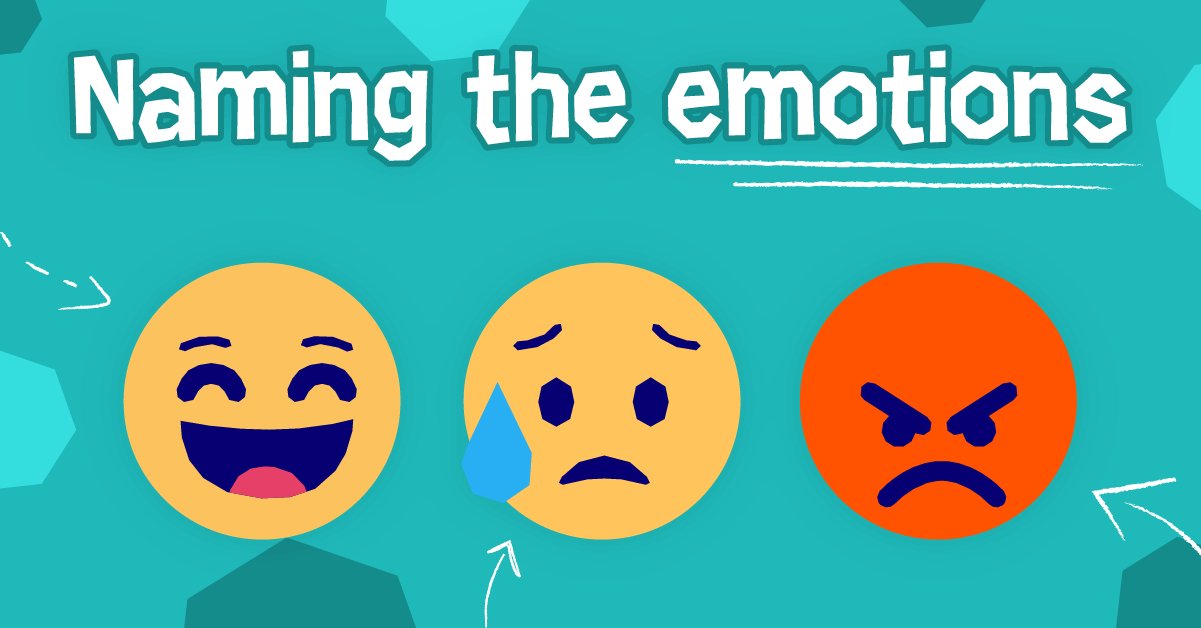
In this way, your child will understand that he can feel emotions. For example, it is very important to distinguish between emotion and behavior. For example: "I accept that you are sad, but that does not give you the right to hit me"
Set limits
Yes, it is possible to stay positive while setting clear and defined guidelines. However, stay within the positive guidelines. For example, whereas otherwise you would have demanded that the child not eat with his fingers, demand that the table be eaten with a knife and fork instead. Noisy games can also stay in the basement and shoes in the hallway.
You can also explain to your child the reasons behind each of these limitations.

For example, the shoes stay in the hallway because they are dirty and the floors are clean. Just like in positive reinforcement, name your feelings: “When you play with a truck upstairs, it’s noisy and it tires me. So I want the trucks to stay in the basement. »
Adopt restorative gestures
When your child, most likely inadvertently, breaks an object or injures someone, the most logical thing is to adopt restorative actions. A restorative gesture means an action that will repair the breakage or injury.
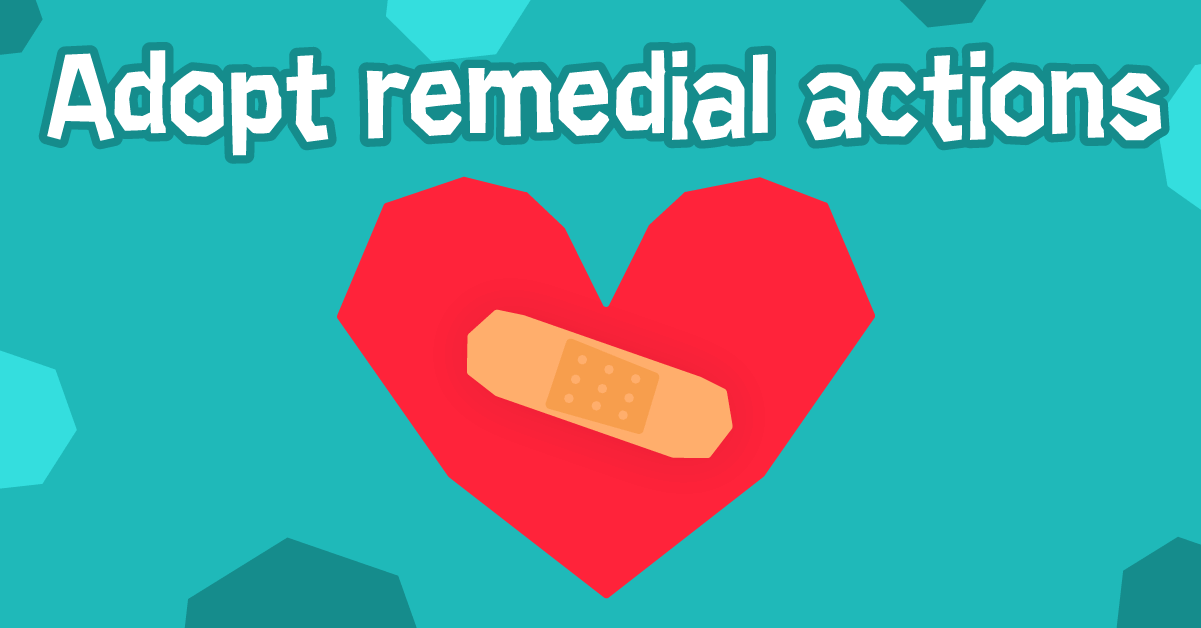
For example, when you hit someone, by mistake or not, it makes sense to go get them some ice cream for their injury. It is also interesting to get the child used to asking the question. " Do you need something? or "Is there anything I can do?" after he hurt the other or broke something.
Thus, he makes sure that his gesture actually repairs his error.
Focus on solutions
It can be tempting when dealing with a problematic situation to tell the child not to do it again. If only it were so simple!! But it can be, don't worry!
By approaching the child and naming the situation, we can also help him find a solution.
"This morning you did a great job, but we were woken up by the sound of the vacuum cleaner. How could you avoid waking us up while cleaning next time? »

The child seeks and tries to find solutions. This will boost his self-confidence and he will know what behaviors to adopt next time. In addition, he will be more inclined to modify his behavior since he himself has found the new behaviors to adopt. What a win-win situation!
Enjoy
The best intervention is not having to do any at all. When playing with children, it is possible to collaborate with them in developing the rules and, while leaving them a large place in the game, guide certain ideas towards the expected behaviors and thus avoid interventions.
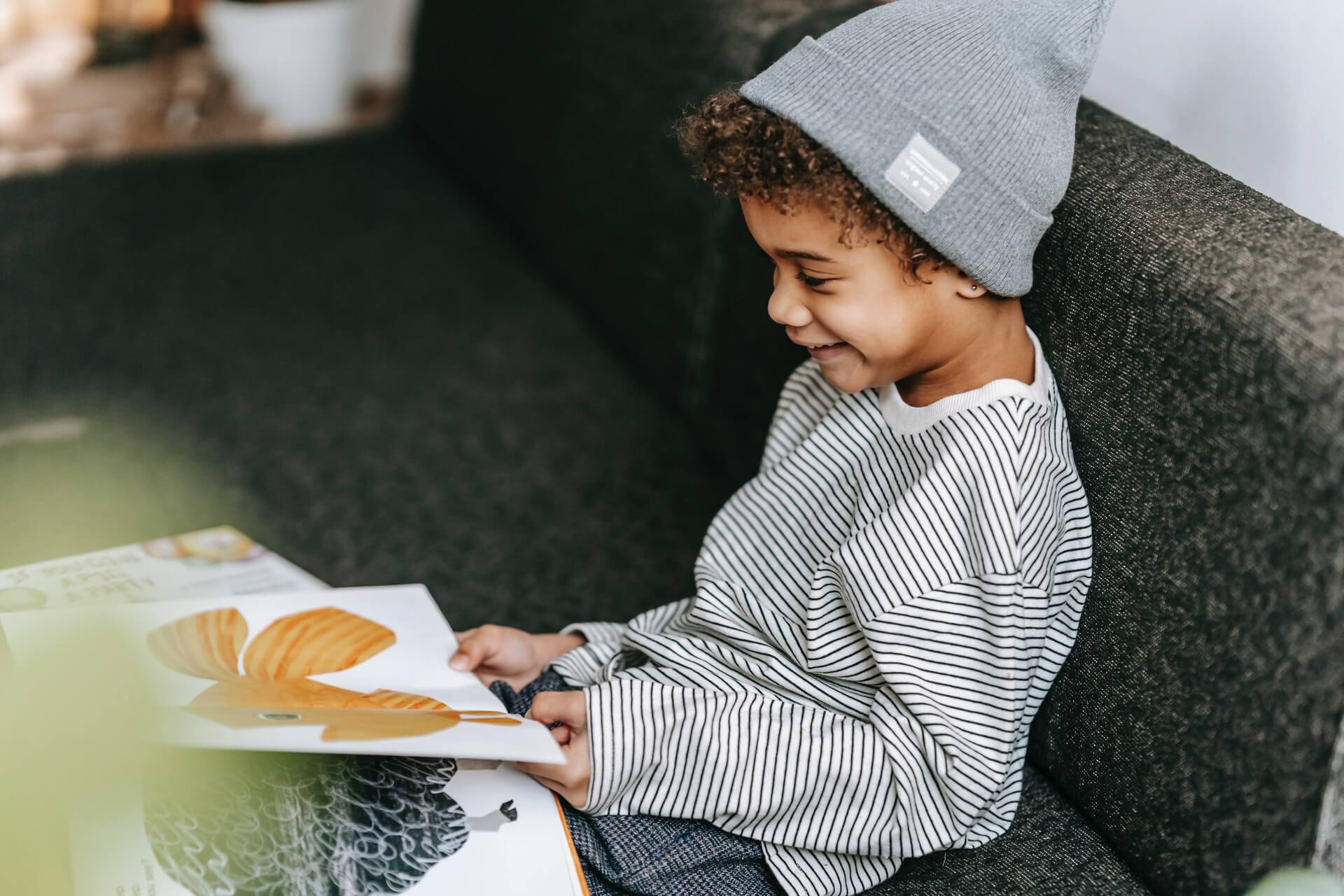
Also, we talked about it above, children constantly seek the attention of their parents. On the other hand, by taking part in play, children get all the attention they need and can go about their business without seeking your attention later in the day or week.
give yourself time
Whether you are just starting out or have been practicing positive parenting for several years already, there is always something to learn. You can't become a totally different parent overnight, you have to gradually integrate all these ways of doing things and these steps. Give yourself the time to assimilate these new concepts and put them into practice.
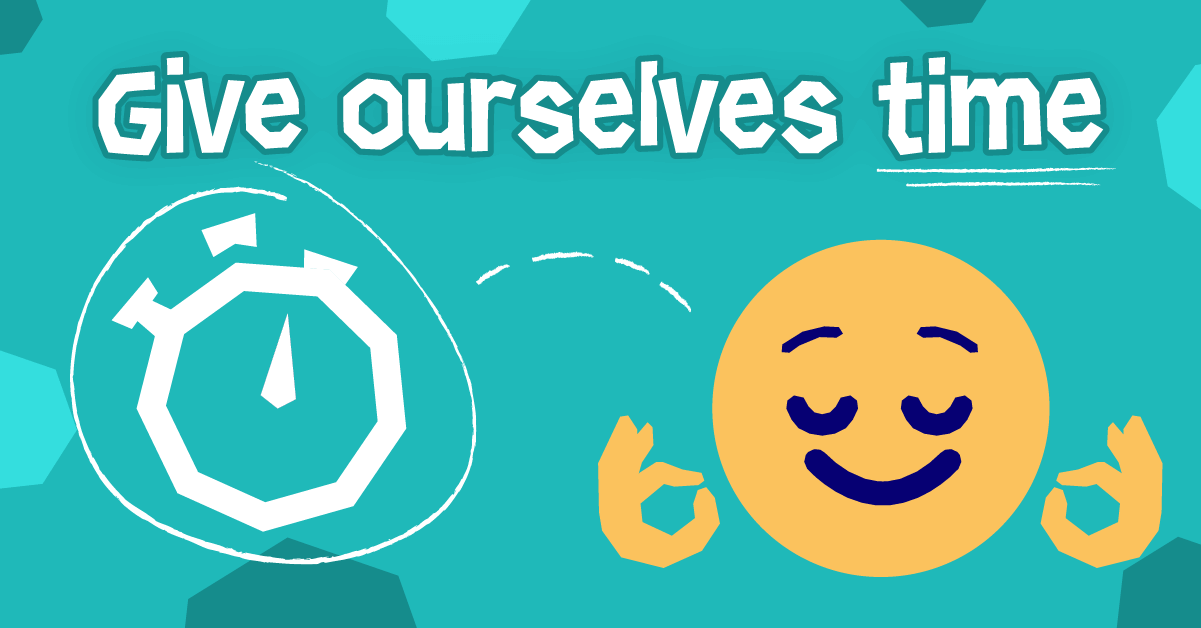
Rather than hitting yourself on the head, take a step back from certain situations experienced with your children. Look at what happened and ask yourself, “What could I have done differently to advocate for a more caring approach? This will make it easier for you to react in the heat of the moment.
The best tools for the routine
To put into practice the notions of the routine guide, there are certain tools that are simply magic for the routine. They will allow you to rehearse even less, to not be too busy in the morning, and even to develop the autonomy of your children!